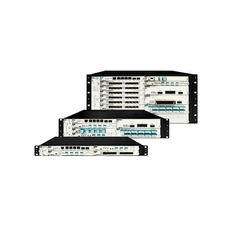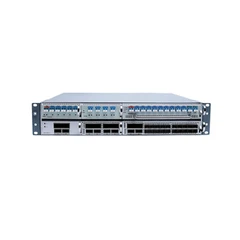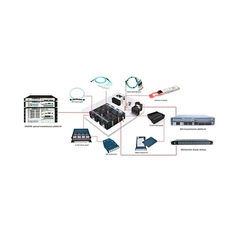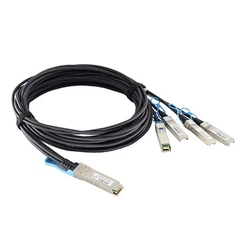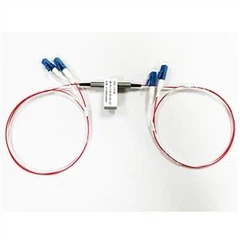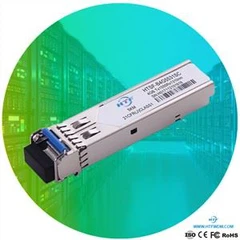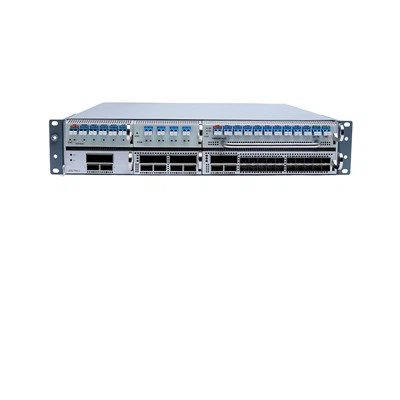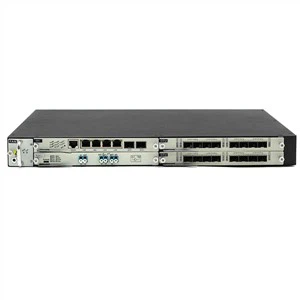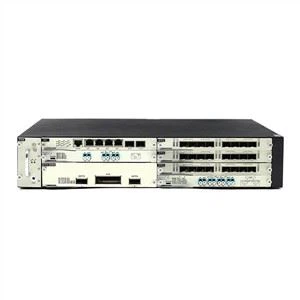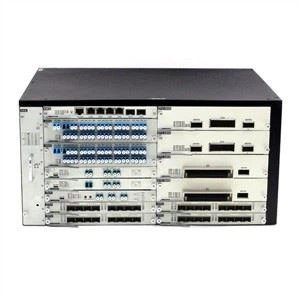Optical splitters play an important role in FTTH PON networks where a single optical input is split into multiple output, thus allowing a single PON interface to be shared among many subscribers. The optical splitters have no active electronics and don’t require any power to operate. They are typically installed in each optical network between the PON OLT (optical line terminal) and ONTs (optical network terminals) that the OLT serves. Generally, two kinds of fiber optic splitters are popular, which are FBT splitters and PLC splitters.
The use of optical splitters in PON allows the service provider to conserve fibers in the backbone, essentially using one fiber to feed as many as 64 end users. A typical split ratio in a PON application is 1:32, meaning one incoming fiber split into 32 outputs. And the qualified fiber optic signal can be transmitted over 20 km. If the distance between the OLT and ONT is small (in 5 km), you can consider about 1:64. With higher split ratios, the PON network has both advantages and disadvantages. Fiber optic splitters with higher split ratios can share the OLT optics and electronics costs as well as share feeder fiber costs and potential new install costs. In addition, larger splits allow more flexibility and fiber management at head end is simpler. At the same time, higher split ratio splitters reduce bandwidth per ONU (optical network unit). And there will be increased optics cost either at OLT or ONU or both to achieve large optical power budgets.

